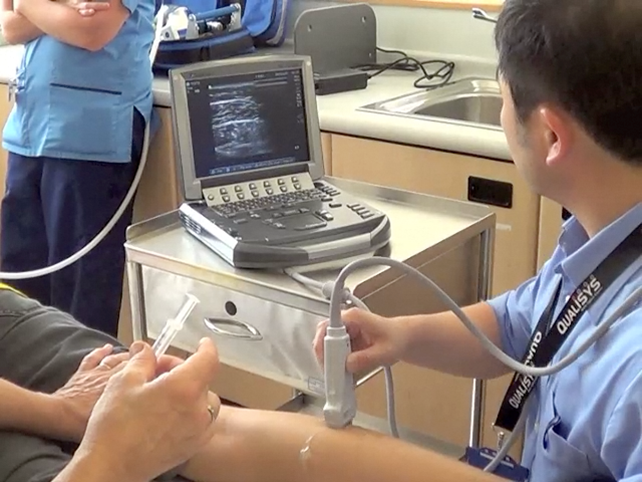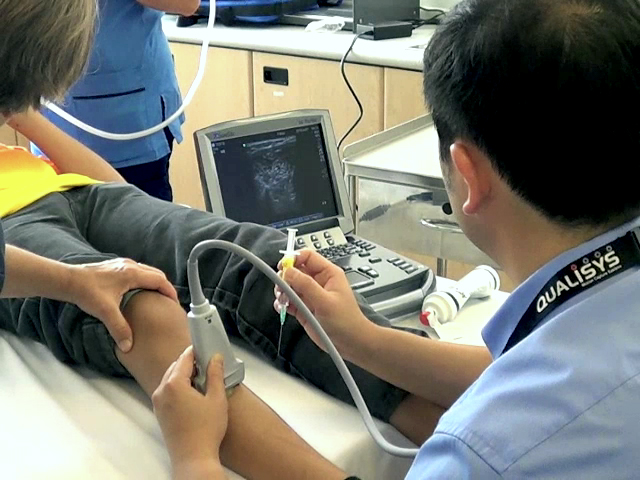Introduction
Your child’s paediatric neurologist or therapist may suggest Botulinum Toxin Therapy as a treatment if they have stiff muscles due to spasticity or dystonia.
This treatment is not a cure, but it may help improve your child’s quality of life, and prevent complications.
What is Botulinum Toxin?
Botulinum Toxin A is a naturally occurring toxin that doctors have used as a medical treatment for over 20 years.
How does Botulinum Toxin work?
Botulinum Toxin is used to block the flow of nerve signals to the muscles near the injection site. This results in muscle relaxation and can alleviate muscle stiffness (i.e. spasticity) and painful spasms (i.e. dystonia).
The effects of Botulinum Toxin can be noticed within a few days after injection and can last for up to 6 months.
How is it helpful in Cerebral Palsy?
In cerebral palsy, specific muscles or groups of muscles are overactive, causing spasticity or dystonia. Dr Yeo and physiotherapist may suggest treatment for several reasons, such as improving walking patterns, aiding the use of splints, making personal care easier, and reducing muscle pain.
How is Botulinum toxin given?
It is injected through a fine needle into the specific muscle or muscles under ultrasound guidance.

The above photo demonstrates how Botulinum Toxin Therapy is administered under ultrasound guidance by Dr Yeo.
Is anaesthetic needed for the injections?
We often use a local anaesthetic cream or spray to numb the skin at the injection site. In addition, we may administer a liquid sedative medicine, called chloral hydrate to your child, which will help them relax.
If sedation medication is given, your child will need to stay in the hospital for few hours after the procedure. If your child is receiving multiple injections, a general anaesthesia (GA) may be necessary. If Dr Yeo suggests a GA, we will schedule an appointment for your child to visit the Day Surgery Unit at the hospital.
Are there any side effects?
Botulinum Toxin may cause some side effects, although they are usually mild and short-lived. Pain, minor bruising, and swelling can occur around the injection site. You may use paracetamol to relieve these symptoms.
In rare cases, children may experience increased difficulty in walking or may fall more frequently in the first two weeks after the injection. However, this problem is likely to be temporary. Swallowing difficulties are another rare side effect of Botulinum Toxin.
If you notice that your child has more difficulty than usual in swallowing saliva or is choking while drinking or eating, please contact Dr Yeo immediately for advice.
Is any change in physiotherapy or orthotic treatment necessary after Botulinum Toxin injection?
After Botulinum Toxin injection, physiotherapy may be more effective, especially in the following weeks. To maximize the benefits of the treatment, your child’s physiotherapist may recommend an intensive block of physiotherapy program. Additionally, it may be helpful to have your child’s splints reviewed after the treatment, and you can discuss this with your child’s orthotist.
Dr Yeo and your physiotherapist will assess whether Botulinum Toxin has helped your child. They will then discuss with you whether further Botulinum Toxin treatment is likely to be beneficial.






